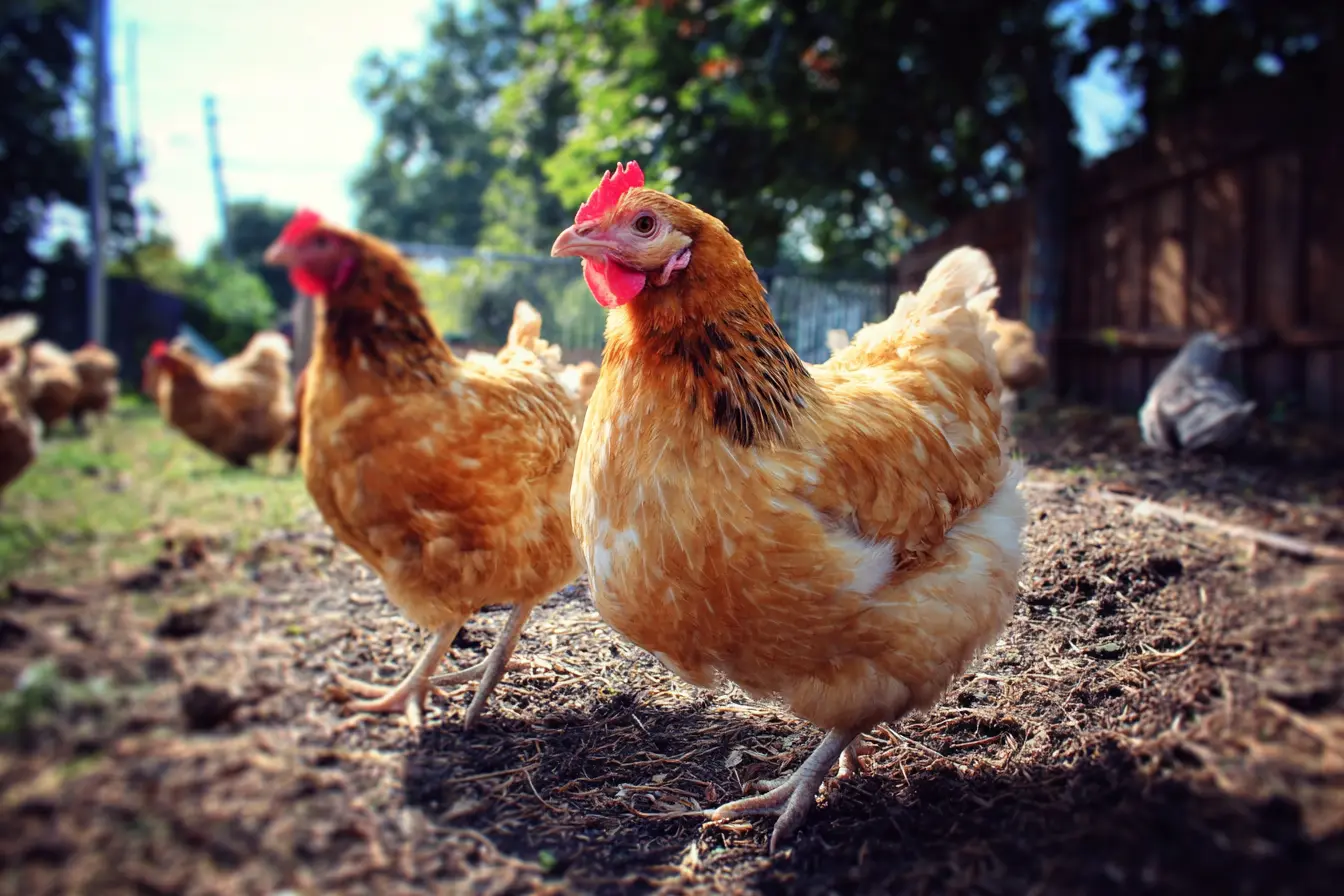
Duck Viral Enteritis (Duck Plague): A Deadly Threat to Waterfowl
Duck Viral Enteritis (DVE), commonly referred to as Duck Plague, is a highly contagious and often fatal disease that affects domestic and wild waterfowl. Caused by a herpesvirus, this serious illness can lead to sudden death, internal bleeding, and long-term losses in both backyard and commercial duck flocks.
This post explores the causes, symptoms, transmission, prevention, and control of this devastating disease to help duck keepers protect their birds and understand the risks.
What is Duck Viral Enteritis?
Duck Viral Enteritis is an acute, contagious disease caused by Anatid alphaherpesvirus 1, a member of the herpesvirus family. It primarily affects ducks, geese, and swans, causing damage to blood vessels, the digestive system, and immune organs.
Outbreaks can result in rapid death across large numbers of birds and are especially dangerous in densely housed or free-range flocks with access to open water.
History and Background
DVE was first recognised in the Netherlands in 1923 and has since been reported in North America, Europe, Asia, and Africa. Wild waterfowl serve as natural reservoirs of the virus, making outbreaks difficult to predict and control.
The disease often emerges during the spring and early summer when wild and domestic birds come into closer contact during migration or breeding.
How the Virus Spreads
The virus is shed in faeces and oral secretions and can spread quickly via:
- Contaminated water sources
- Direct contact between infected and healthy birds
- Feather dander and secretions
- Contaminated equipment, boots, or clothing
- Ingestion of infected carcasses or droppings
The virus is very stable in water and moist environments, allowing it to persist for long periods in shared ponds, puddles, and feeders.
Once infected, birds can become carriers, shedding the virus intermittently for life—even after they recover.
Symptoms of Duck Viral Enteritis
Symptoms vary depending on the age and health of the bird, as well as the virulence of the virus strain. In some cases, death occurs suddenly with no warning signs. In others, you may observe:
- Sudden, high mortality
- Depression and reluctance to move
- Ruffled feathers and weakness
- Watery greenish diarrhoea (sometimes blood-tinged)
- Nasal discharge
- Drooping wings and trembling
- Difficulty breathing
- Sores or ulcers in the mouth and oesophagus
- Swollen head and neck
- Twisting of the neck (torticollis)
In breeding birds, DVE can also cause:
- A dramatic drop in egg production
- Poor shell quality
- Infertility
Diagnosis
Due to the similarity of symptoms with other duck diseases, diagnosis usually requires laboratory testing:
- Post-mortem examination: Common findings include haemorrhages in the heart, intestines, liver, and trachea.
- PCR testing: Confirms presence of the viral DNA
- Virus isolation and histopathology
Rapid diagnosis is crucial, as early intervention may help limit spread within the flock.
Treatment
There is no specific treatment or cure for Duck Viral Enteritis. Management focuses on:
- Supportive care: Clean water, good nutrition, and warmth for mildly affected birds
- Immediate removal and humane euthanasia of severely affected or dying birds
- Disinfection of housing, equipment, and water systems
Once an outbreak has started, containment and biosecurity become top priorities.
Prevention and Control
Preventing DVE requires proactive measures, particularly when birds have access to open water or wild species.
Vaccination
- Vaccines are available and used in some commercial operations
- Typically given to breeders and layers to protect future generations
- Not always accessible to small-scale or backyard keepers
Biosecurity Measures
- Prevent contact with wild ducks, geese, and swans
- Avoid sharing water sources between domestic and wild birds
- Clean and disinfect housing and equipment regularly
- Isolate new birds for 2–4 weeks before mixing with the main flock
- Use foot dips and protective clothing when entering bird areas
Good Husbandry
- Keep flocks well-fed, hydrated, and protected from overcrowding
- Provide fresh, uncontaminated water daily
- Remove uneaten feed and droppings regularly
DVE vs Other Duck Diseases
Duck Viral Enteritis can be mistaken for:
- Riemerella anatipestifer infection
- Salmonellosis
- Highly Pathogenic Avian Influenza (HPAI)
- Newcastle disease
- Lead poisoning (if using old painted or metallic equipment)
Only laboratory testing can differentiate DVE from these other illnesses with similar symptoms.
Key Takeaways
- Duck Viral Enteritis (Duck Plague) is a highly contagious and often deadly herpesvirus infection
- It causes internal bleeding, diarrhoea, tremors, and sudden death—especially in adult ducks
- Wild waterfowl are major reservoirs and sources of infection
- There is no cure—focus on prevention, biosecurity, and (where available) vaccination
- Swift action and flock separation are vital during an outbreak
Final Thoughts
Duck Viral Enteritis is one of the most feared diseases in duck keeping due to its sudden onset and high mortality. Backyard keepers should be especially cautious if their birds have access to open water, and always practise good hygiene and biosecurity.
While the virus is difficult to eliminate once introduced, proper management, early recognition, and preventative measures can make all the difference in safeguarding your flock.
Vets near you
Speciality vets
- Aquatics vet specialists
- Birds vet specialists
- Camelids vet specialists
- Cats vet specialists
- Cattle vet specialists
- Deer vet specialists
- Dogs vet specialists
- Equines vet specialists
- Exotic vet specialists
- Goats vet specialists
- Pigs vet specialists
- Poultry vet specialists
- Sheep vet specialists
- Small Mammals vet specialists
- Wild vet specialists



